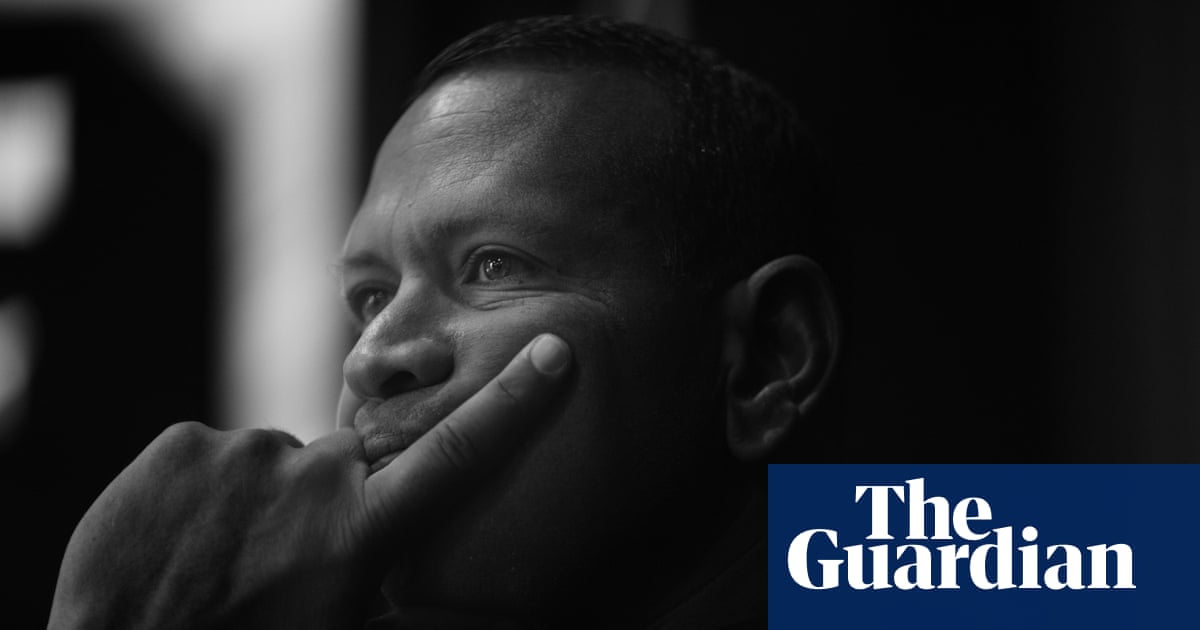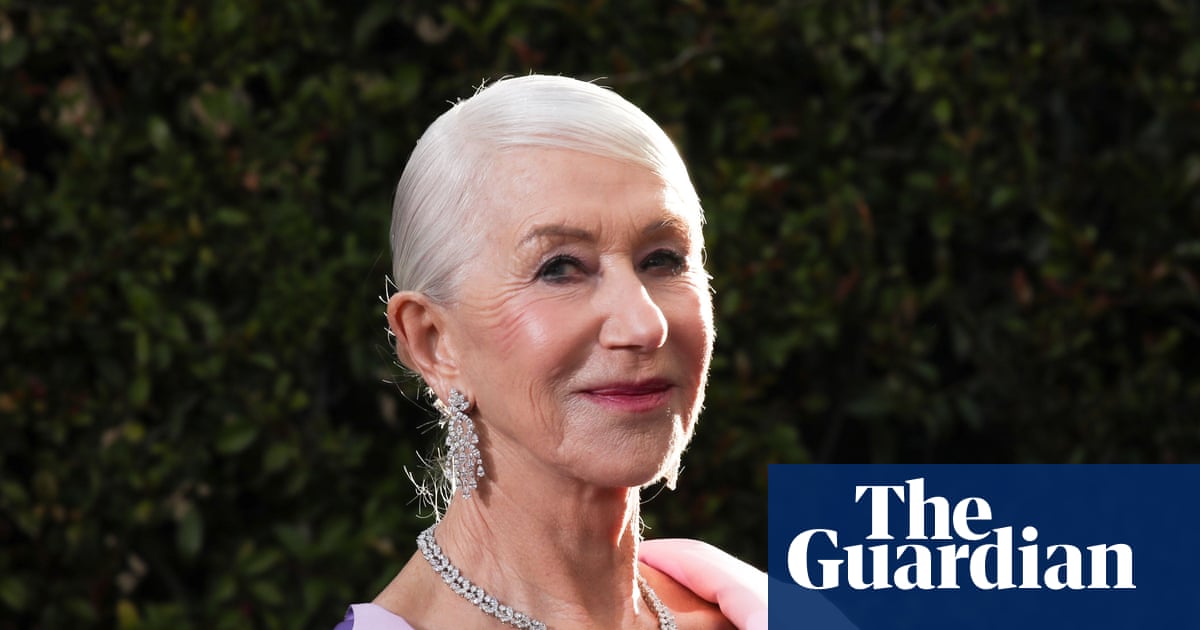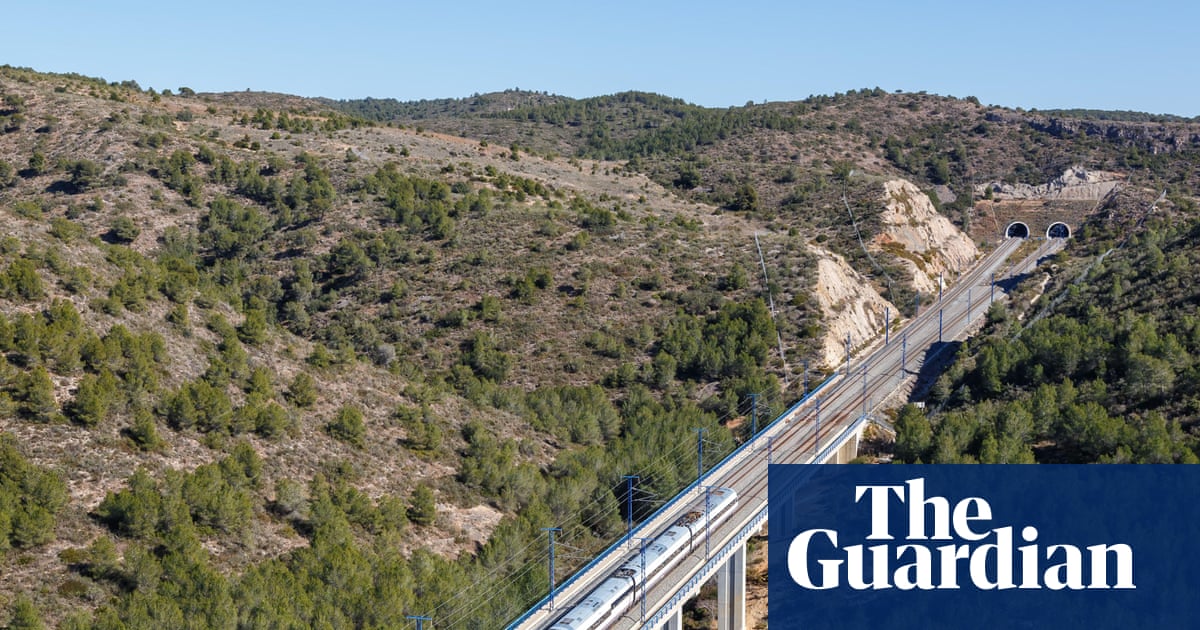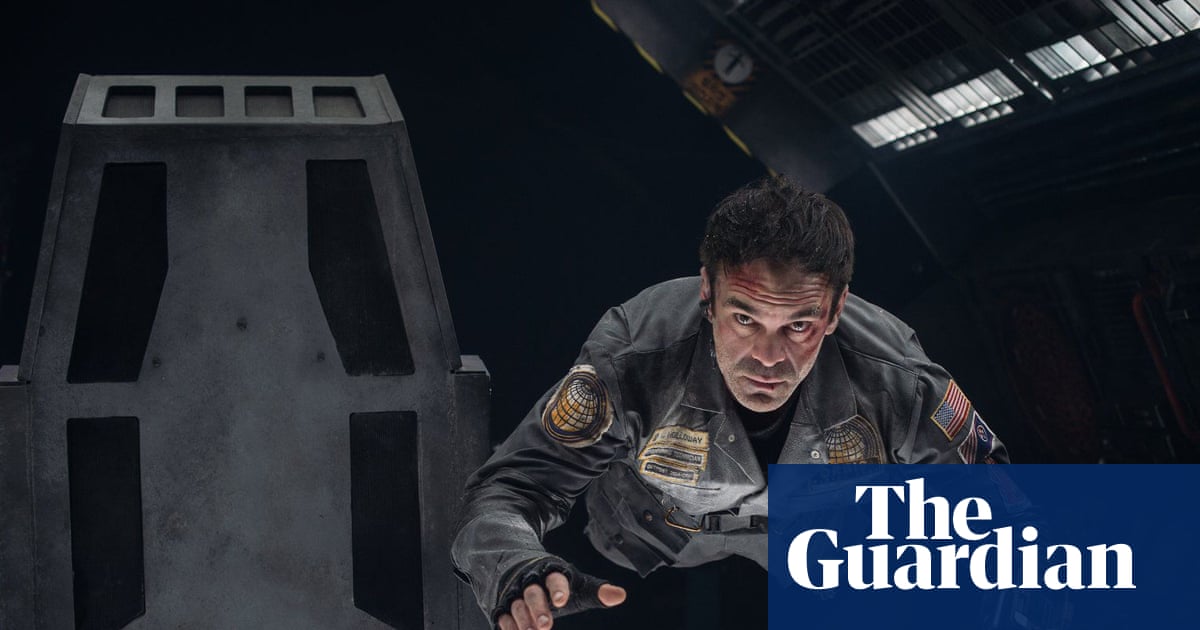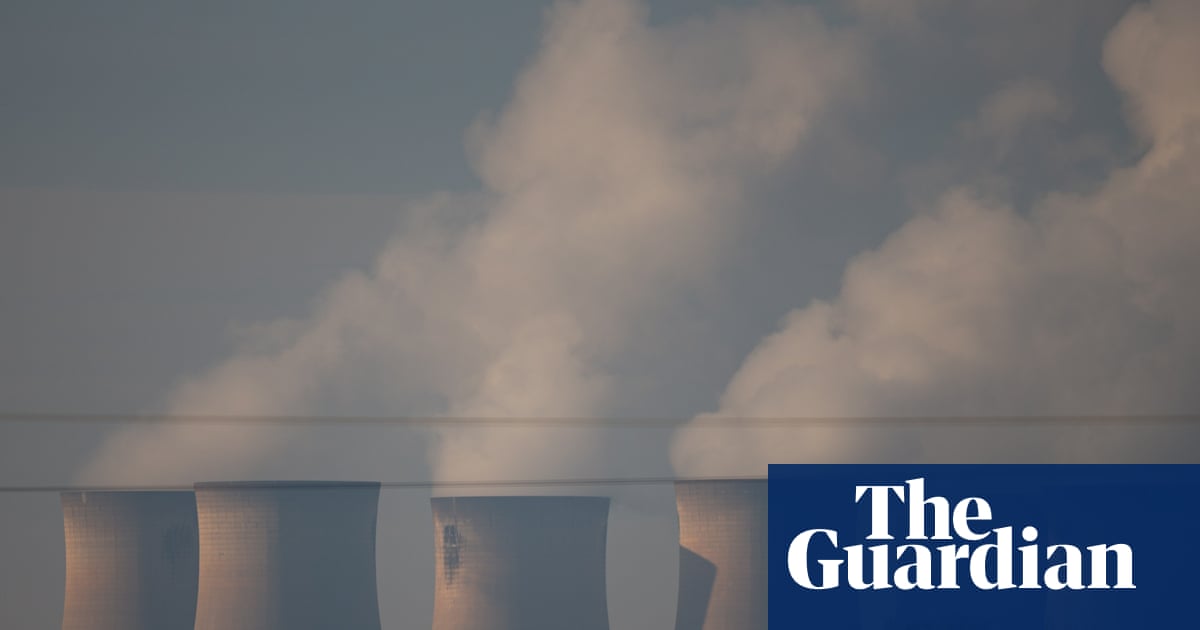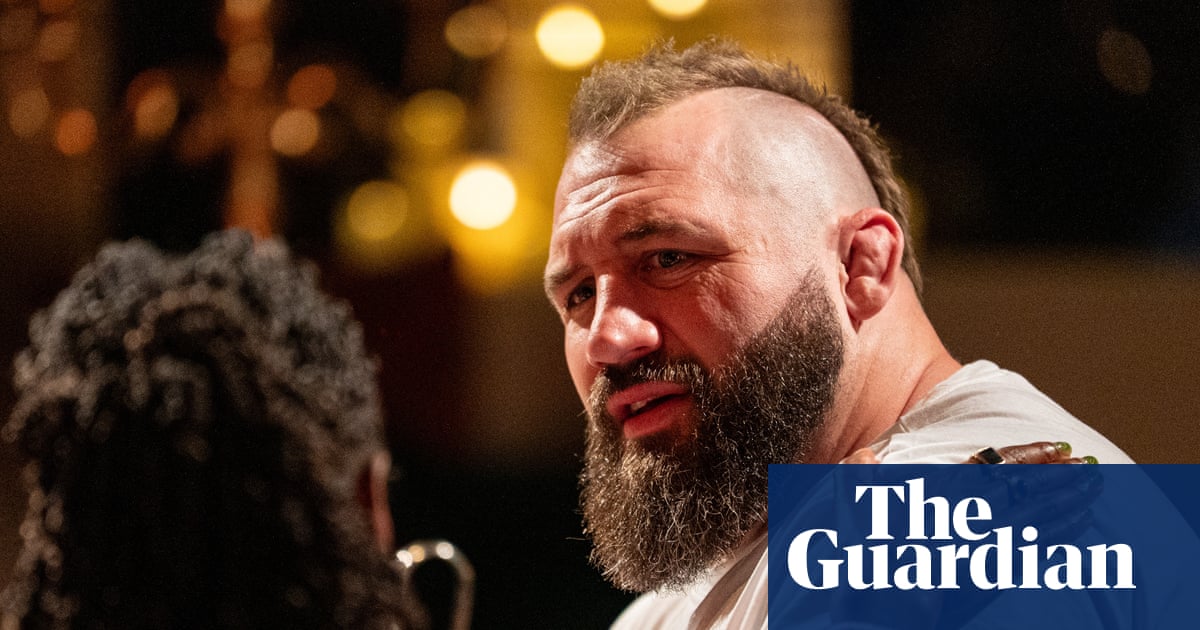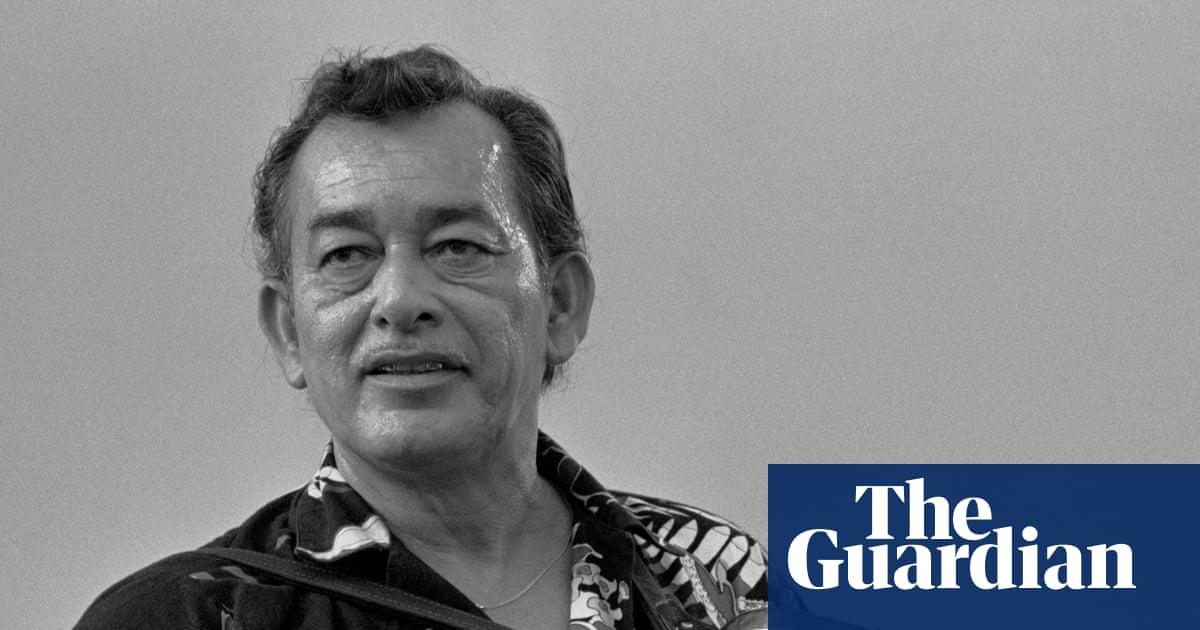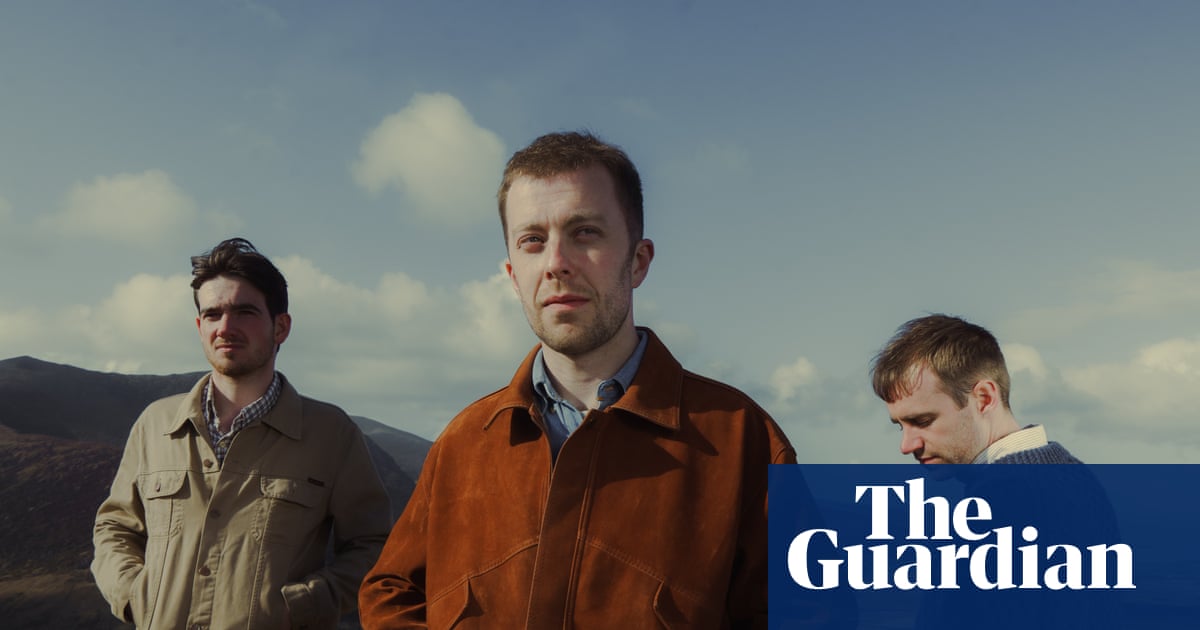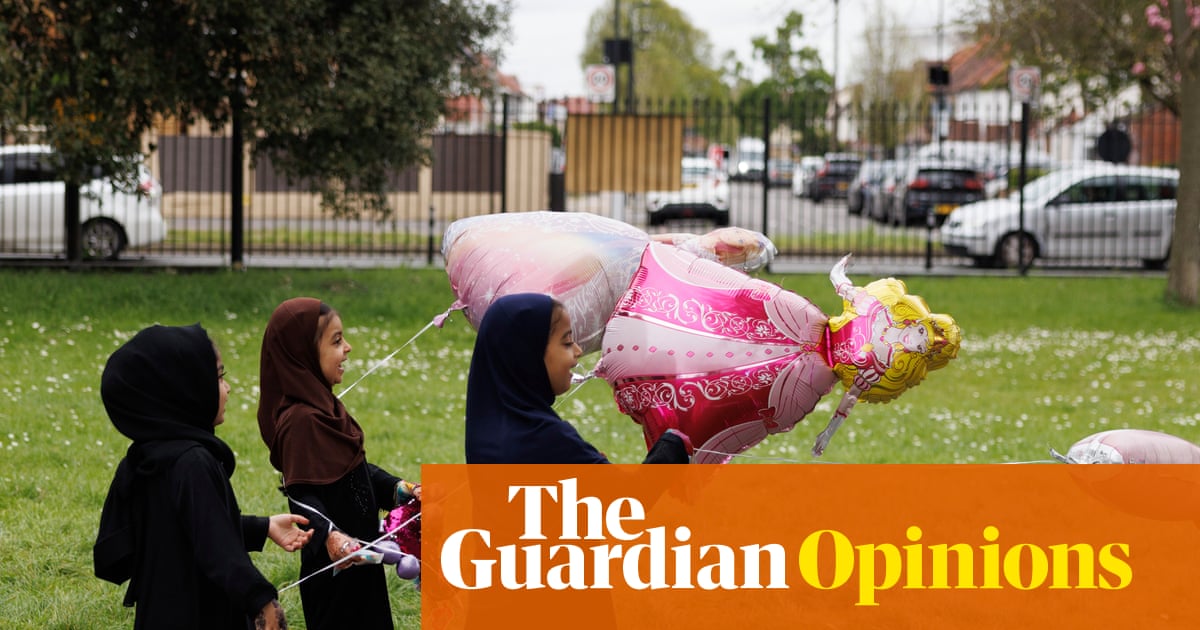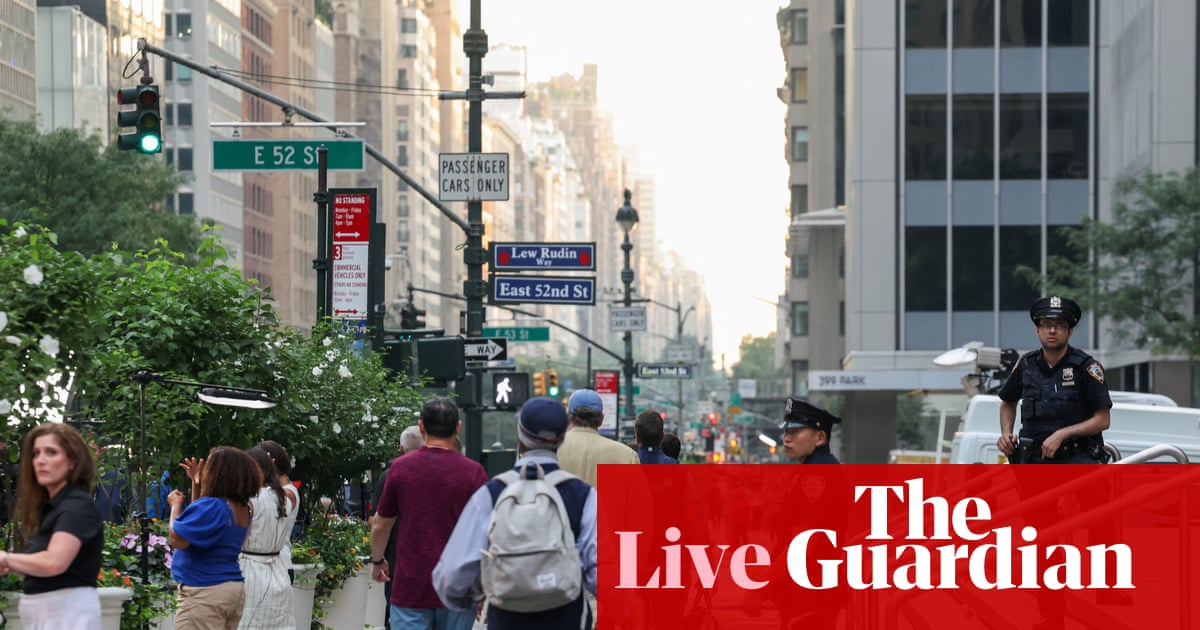As scuba diver Pedro Albarracín scours the muddy seabed surrounding Skull Island, opposite the Colombian port city of Buenaventura, he invokes the protection of Yemayá, goddess of the seas, and Oshun, goddess of the rivers – deities of the Yoruba faith.
The dark waters of the San Antonio estuary around him are believed to conceal the bodies of at least 190 people disappeared during Colombia’s long and violent armed conflict, a struggle that gave the islet its morbid name.
Before his dive, religious leaders bless Albarracín, imbuing him with spiritual protection, and remind him to call on the goddesses for guidance and safety in his search for human remains.
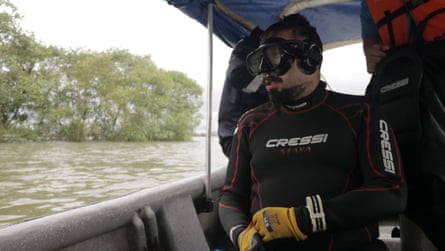
“This support from the religious leaders is very important to us,” says Albarracín. “Feeling that they are supporting you and using their ancestral practices to provide you with that protection feeds your confidence. The heart that they put into the mission permeates you and gives you a little bit more courage.”
The dives, which took place late last year, were part of an unprecedented exercise in Colombia. The operation marked the first time that an official, state-backed search had taken place along Buenaventura’s San Antonio estuary, with the active involvement of the community.
With a remarkable combination of sonar technology, rigorous forensic investigations, and anthropological work with guidance from religious leaders, local fishers and piangüeras – mangrove shellfish gatherers – the government’s Search Unit for Persons Reported Missing (UBPD) aims to recover those who disappeared, as well as provide some healing to victims and the community.
Buenaventura, a port city on Colombia’s Pacific coast, has long been scarred by paramilitary violence. According to the UBPD, at least 940 people are considered to have disappeared in the area. The figure could be much higher. Colombia’s National Movement of Victims of State Crimes believes the number of those disappeared in Buenaventura to be more than 1,300.
The UBPD’s search along the San Antonio estuary focused on victims who disappeared between 1989 and 2016, when the conflict officially ended, after a peace deal was signed between the Colombian government and members of the Farc rebel group.
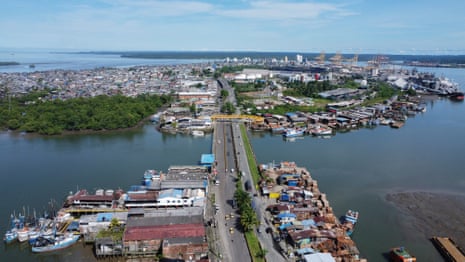
“This [search] had not been possible before because the security conditions did not allow for it,” says María Victoria Rodríguez, the UBPD coordinator who led the operation. “We knew what the difficulties were, that the tides wouldn’t help us, that the possibility of finding something here was very complex, but it had to be done.”
Most of those missing are believed to be victims of armed groups, whose methods were brutal. They reportedly dismembered victims and placed them in steel drums full of cement before dumping them in the murky waters of the estuary.
They would also allegedly tie victims to the low roots of the web of mangroves that lie along the coast, and let the strong tides and wildlife do the rest.
The effort in the San Antonio estuary is part of a larger push by the UBPD to locate Colombia’s disappeared – a herculean task in a country where more than 120,000 people are believed to have gone missing during the armed conflict. Since beginning operations in 2018, the UBPD has recovered 2,490 bodies, with 1,239 recovered in 2024 alone.
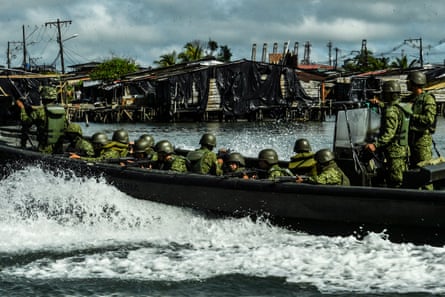
The involvement of local communities challenges the silence that for decades cloaked Buenaventura’s disappearances. Many families never reported missing relatives, fearing retaliation or simply not believing the state would act.
During the search, a dive team equipped with high-powered 11,000-lumen lamps to penetrate the dark waters combed the estuary, while leaders of the fishing community helped them navigate the tides.
“It is one of the most dangerous dives I have ever done and one of the most intense searches I have ever undertaken,” says Albarracín, who searched a 20-metre radius surrounding each designated point of interest.
In parallel, another team ventured on to the marshy low-tide terrain, where the piangüeras – renowned for their skill in navigating the mud-bound mangroves while harvesting molluscs – combed through seven designated search corridors in the mud.
There, the UBPD team quickly realised that their standard kit was useless, as the muddy terrain made heavy equipment redundant and rendered investigators and anthropologists unfamiliar with the landscape virtually immobile.

Rodríguez says: “There was no other element that we could use in this field other than the piangüeras’ hands. This knowledge that isn’t in textbooks, and that we ourselves don’t have, allowed us to minimise errors.”
Before the searches began, religious leaders carried out a spiritual reconciliation ceremony to ask the estuary for forgiveness – a symbolic act to acknowledge the pain it had absorbed as a site of body disposal. An altar was built at the UBPD’s office in Buenaventura, where religious leaders remained throughout the mission, reading messages and interpreting signs, including changes in the weather, believed to be communications from their gods.
Before venturing into the waters, the teams were harmonised – the UBPD scientists as well as community members who would be entering the estuary. Each received a small protective bracelet, meant to accompany them throughout their fieldwork.
The waters surrounding Buenaventura are murky and dark, subject to strong currents and shifting tides. They are also heavily contaminated by the city’s busy port as well as by the surrounding stilt communities, which often use the waterways to dispose of waste.
As a result, no remains were found in the San Antonio estuary over the 17-day search. Since then, scuba diving efforts have been on hold. The project’s future is in the hands of the Special Jurisdiction for Peace, a judicial body set up to address the legacy of the armed conflict.
For the UBPD and the broader community of Buenaventura, such efforts are pivotal.
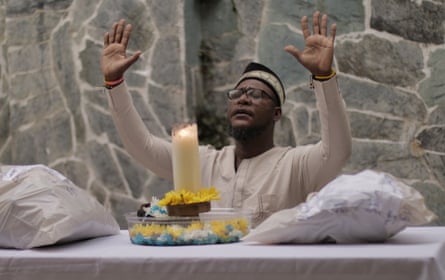
“These communities have their own spiritual relationship with the physical body,” says Adriel Ruiz, head of the Corporación Memoria y Paz, a local NGO that works alongside victims of the conflict in Buenaventura. “Once someone disappears, it breaks these psycho-spiritual and religious dynamics and generates a social deterioration, a collective damage. Finding them is key for the community.”

 3 months ago
107
3 months ago
107



